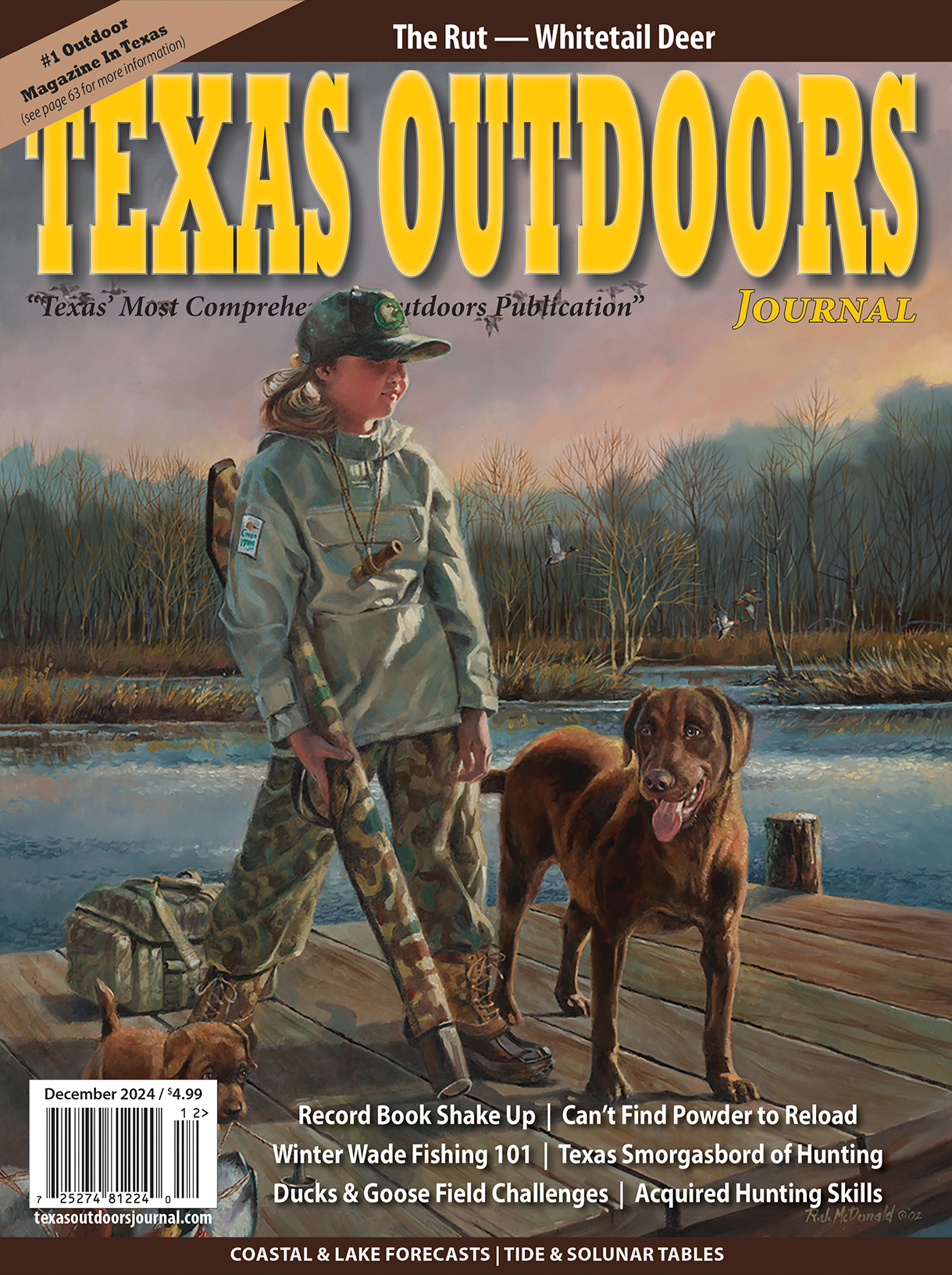
Historic Volunteer Milestone Reached by Two Texas Master Naturalists
Galveston Bay Area Chapter Members Log More Than 60,000 Hours of Service
AUSTIN — If you gaze across a restored coastal prairie within a Galveston Bay-area state park or nature center, you’re probably viewing the handiwork of Tom Solomon and Jim Duron.
Since joining the Galveston Bay Area Chapter of the Texas Master Naturalist Program, each has completed 30,000 volunteer hours — the equivalent of 14 years of full-time service — leaving an indelible mark on the coastal community and its diverse natural resources.
“This type of commitment is the absolute pinnacle of service achieved within the program,” said Mary Pearl Meuth, Texas Master Naturalist assistant state coordinator with AgriLife Extension. “Within the 25-year history of the program, we never envisioned members dedicating this number of hours to volunteer service — they are just amazing people.”
Established in 1998 as a partnership between the Texas Parks and Wildlife Department (TPWD) and Texas A&M AgriLife Extension Service, the Texas Master Naturalist program develops a corps of well-informed volunteers who provide education, outreach and service dedicated to the beneficial management of Texas’ natural resources and natural areas within their local communities.
“This statewide network of volunteer-driven chapters is essential to achieving conservation-related goals, especially given the limited resources of many local and state agencies, nature centers and nonprofits in a state as big and ecologically diverse as Texas,” said Michelle Haggerty, Texas Master Naturalist state coordinator with TPWD.
Search for post-retirement activities leads to the Texas Master Naturalist Program
Following retirement, both Solomon and Duron sought opportunities to fill their newly vacant schedules in meaningful ways.
Solomon initially joined the Texas Master Gardener Program, another AgriLife Extension volunteer cohort program focused on sharing horticulture-based information in communities. During his time as a Master Gardener, someone suggested he also learn more about the Texas Master Naturalist program.
Solomon said he was hooked once he realized he could use his horticultural knowledge to restore the native landscapes he loved, and in 2004 he became a Master Naturalist.
With encouragement from his wife, Duron volunteered at the Armand Bayou Nature Center, a 2,500-acre urban preserve of wetland forests, prairie and marsh habitats. While there, he met several Master Naturalists who invited him to join the program. Duron became a Master Naturalist in 2008.
A shared passion for native plant restoration
Wetland and coastal prairie conservancy and restoration, as well as community outreach, are key priorities for the rapidly urbanizing landscape of the Galveston Bay area.
With guidance from TPWD biologists, Solomon and Duron have played a critical role in native seed collection, germination and restoration plantings in those habitats.
“Since my first day at the Armand Bayou Nature Center, my true following has been restoring the native prairies in the surrounding area,” Duron said. “It is very satisfying to generate the plants for the restoration efforts and plant them in the prairie.”
Solomon estimates that throughout his volunteer efforts, he has helped restore roughly 500,000 plants and educated numerous other volunteers on the proper techniques to ensure plant success.
“The thing that I like the most about the Master Naturalist Program is the freedom it gives you to pursue your goals,” Solomon said. “Whether it’s restoring native Texas grasses or milkweed propagation, you can always find something that’s interesting to do.”
Guided by enthusiasm, not recognition
Despite the personal time and physical effort culminating in Solomon and Duron’s extraordinary volunteer milestones, neither man set out with the goal of making Texas Master Naturalist history.
Instead, Solomon and Duron said their achievement has been the result of happily working alongside like-minded individuals who share a common interest in conservation and improving the state.
“My hope is that when someone thinks of the future of Texas’ natural resources, they think of Master Naturalists and the Texas Master Naturalist Program,” Haggerty said. “So many great things are accomplished because of the efforts of our volunteers.”
For more information about the Texas Master Naturalist program, visit the website or reach out to a local chapter.








